Policy: Production animal embryo transfer
Policy type: Policy
Reference: 5c
Status: Current
Date ratified: 1 September 2015
The collection and surgical transfer of embryos should only be carried out by veterinarians or by technicians suitably trained by and under the supervision of a veterinarian. At all times the welfare of the donor and recipient shall be the veterinarian's prime concern, and all requirements of the Agricultural Compounds and Veterinary Medicines Act (1997) relating to Restricted Veterinary Medicines must be observed.
Explanation
Advances in animal breeding technology, such as embryo transfer (ET) impose an additional responsibility on veterinarians in respect of
- their professional relationship with colleagues,
- compliance with legislation and
- ensuring the welfare of the animals involved.
All veterinarians involved in ET are expected to have gained sufficient experience and a high level of competence in the techniques involved. They are expected to follow the guidelines as listed below.
Guidelines
- An ethical relationship between both the primary veterinarian and the veterinarian offering an ET service must be maintained at all times. Client transfer must be avoided and a claim of specialist status cannot be made. The Veterinary Council of New Zealand Code of Professional Conduct ‘Professional Relationships’ Sections 1 and 2 outline the responsibilities and obligations of veterinarians in these circumstances.
- Restricted Veterinary Medicines must be provided only in accordance with the legislation embodied in the ACVM Act (1997), or its successor, its amendments and regulations.
- All recipients should be inspected prior to the commencement of the programme to ensure the proposed recipient animal is of suitable size and condition to receive the embryos and have minimal risk of dystocia. The embryo transfer veterinarian should ensure that the client has discussed birth management and welfare issues with the local veterinarian.
- Aseptic techniques must be used at all times.
- All necessary measures should be taken to control pain or other forms of discomfort, whichever route of transfer or collection is used. Collection of embryos per vaginum must be carried out by or under the supervision of a veterinary surgeon.
- The veterinarian is responsible for the actions of the non-professional technicians in the transfer team.
- Specific arrangements must be made to meet the possibility of an emergency requiring veterinary assistance following collection and embryo transfer. Unnecessary suffering must be avoided.
- Full records of embryo collections and implantations must be maintained.
